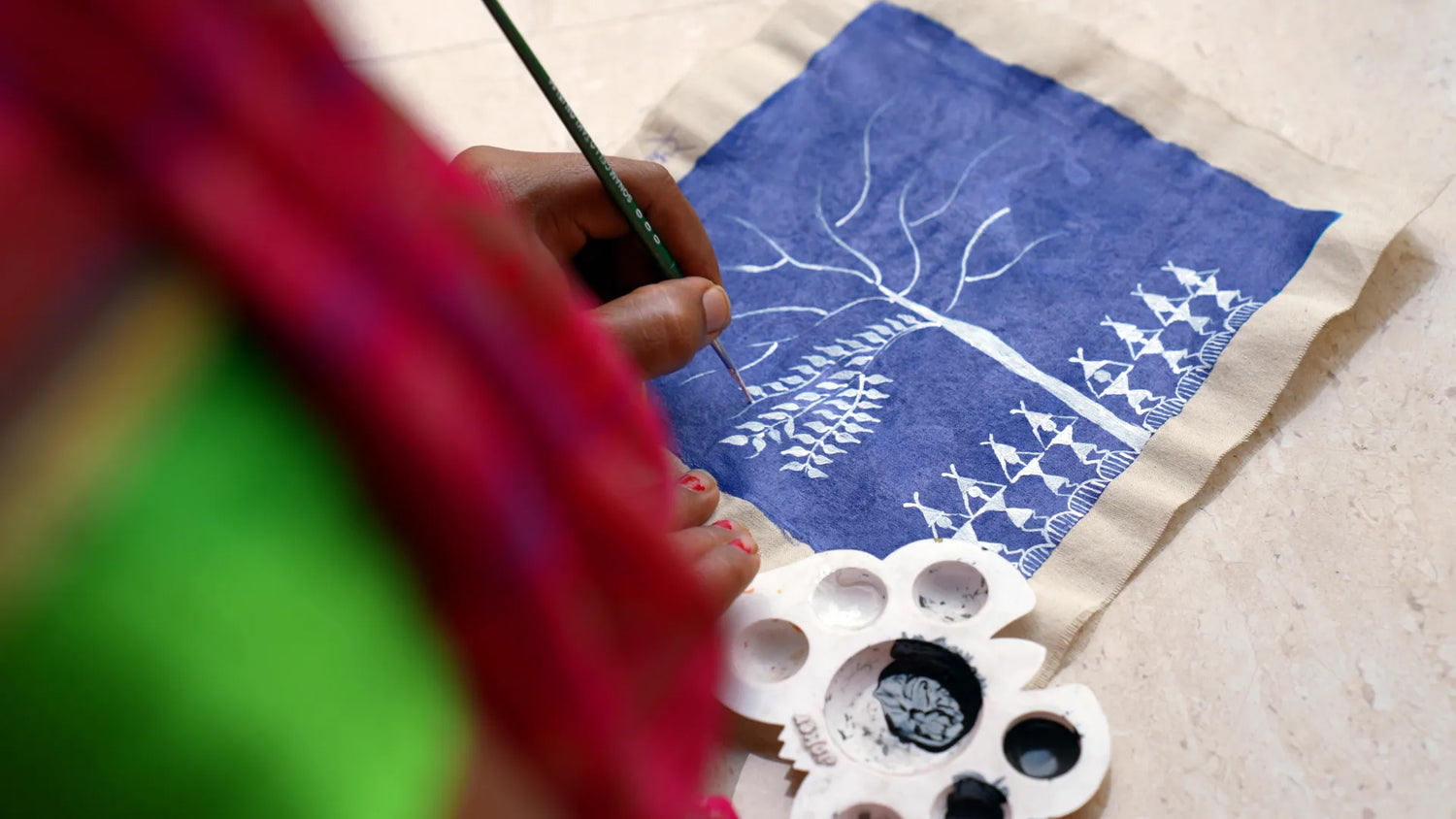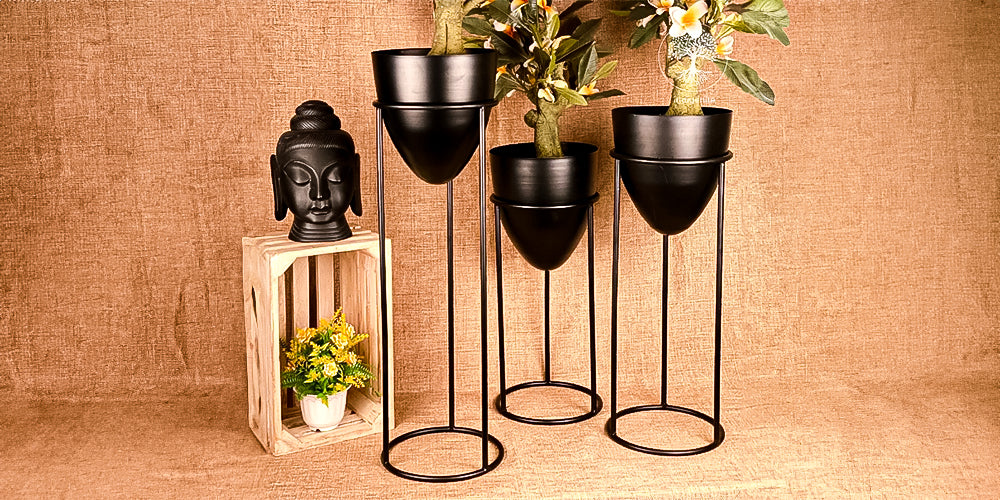Warli painting is a captivating art form with a rich history and cultural significance that dates back over 2,000 years. Originating from the indigenous Warli tribe in Maharashtra, India, these intricate artworks offer a fascinating glimpse into the tribal way of life and have evolved from their ritualistic origins to a celebrated folk art form admired worldwide.
The art of Warli painting is deeply rooted in the traditions and customs of the Warli tribe. Originally used for ritualistic expression, Warli paintings adorned the walls of tribal homes during auspicious occasions like weddings and harvest festivals. The paintings feature simple yet striking geometric shapes like circles and triangles, depicting scenes from everyday tribal life such as farming, dancing, and hunting.
Over the years, Warli painting has evolved from its traditional roots to encompass a wide range of artistic expressions. Today, artists use modern mediums like acrylic paints and canvas to create intricate Warli artworks while still drawing inspiration from their tribal heritage. Despite these modern adaptations, the essence of Warli painting remains intact, cherished for its cultural significance and aesthetic appeal.
The evolution of Warli painting is a testament to its enduring popularity and timeless appeal. From its humble beginnings as a tribal art form to its status as a celebrated folk art, Warli painting continues to captivate audiences with its unique style and captivating storytelling. Whether displayed in homes, galleries, or museums, Warli paintings serve as a reminder of India's rich cultural heritage and the artistic legacy of the Warli tribe.
The art of Warli painting is deeply rooted in the traditions and customs of the Warli tribe. Originally used for ritualistic expression, Warli paintings adorned the walls of tribal homes during auspicious occasions like weddings and harvest festivals. The paintings feature simple yet striking geometric shapes like circles and triangles, depicting scenes from everyday tribal life such as farming, dancing, and hunting.
Over the years, Warli painting has evolved from its traditional roots to encompass a wide range of artistic expressions. Today, artists use modern mediums like acrylic paints and canvas to create intricate Warli artworks while still drawing inspiration from their tribal heritage. Despite these modern adaptations, the essence of Warli painting remains intact, cherished for its cultural significance and aesthetic appeal.
The evolution of Warli painting is a testament to its enduring popularity and timeless appeal. From its humble beginnings as a tribal art form to its status as a celebrated folk art, Warli painting continues to captivate audiences with its unique style and captivating storytelling. Whether displayed in homes, galleries, or museums, Warli paintings serve as a reminder of India's rich cultural heritage and the artistic legacy of the Warli tribe.



Leave a comment
All comments are moderated before being published.
This site is protected by hCaptcha and the hCaptcha Privacy Policy and Terms of Service apply.